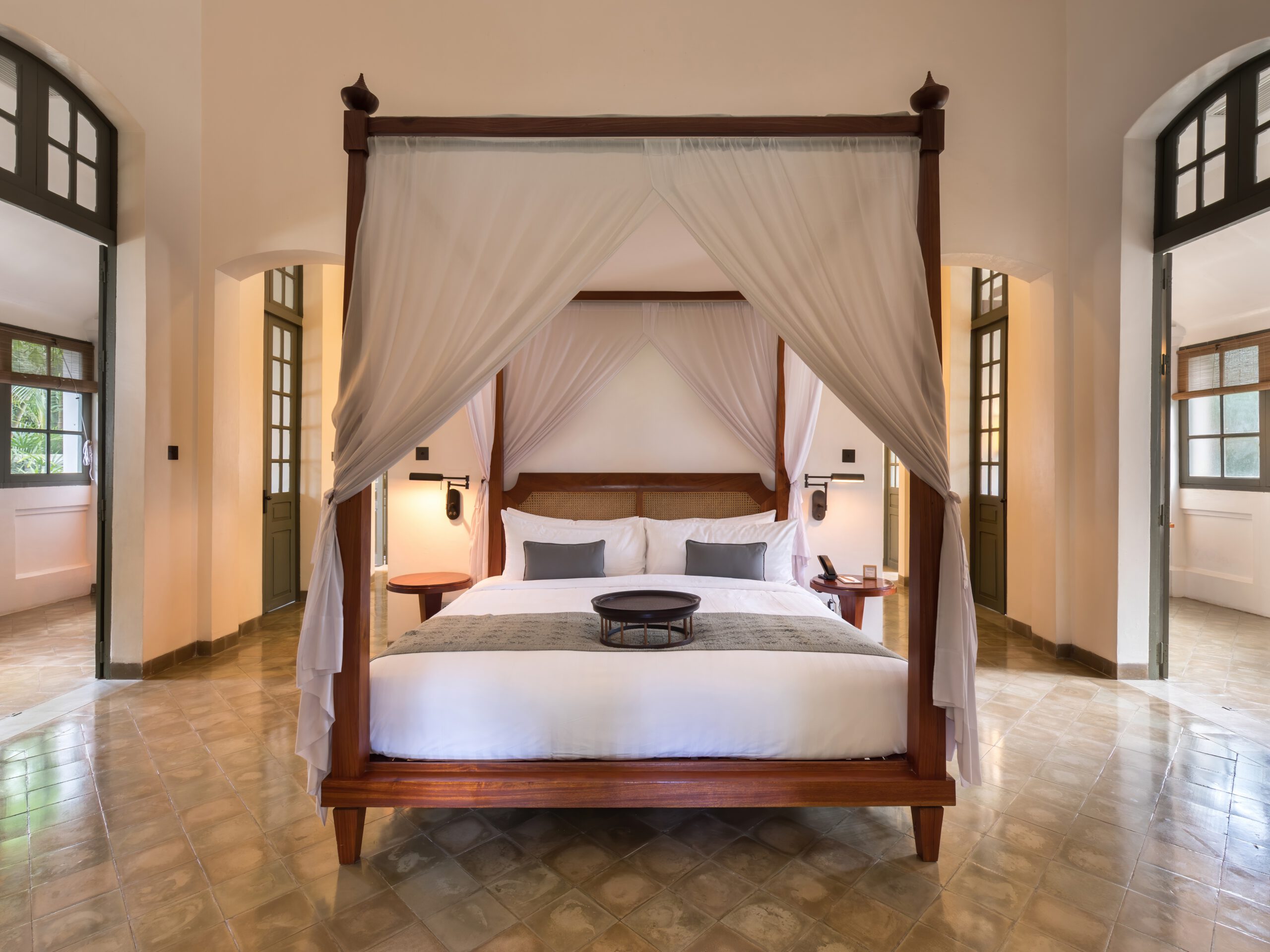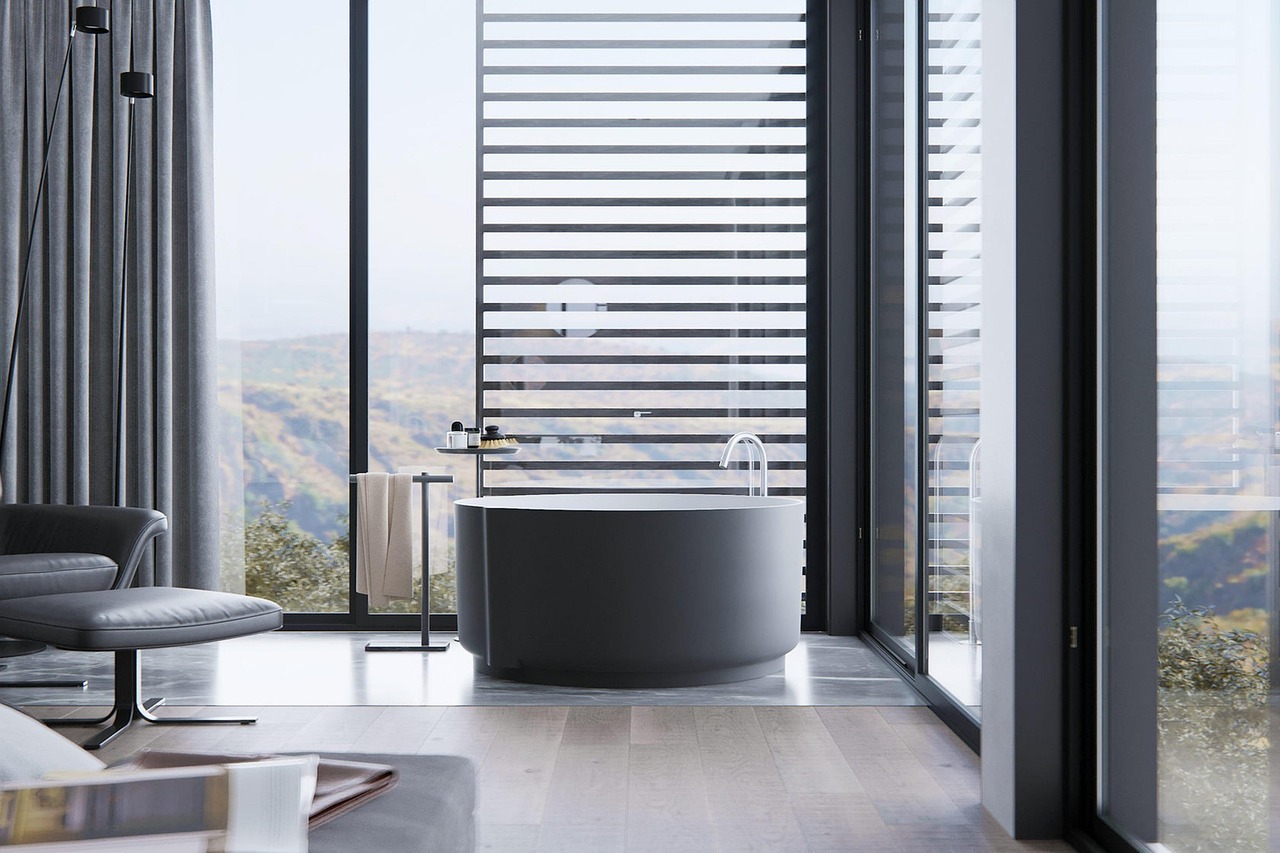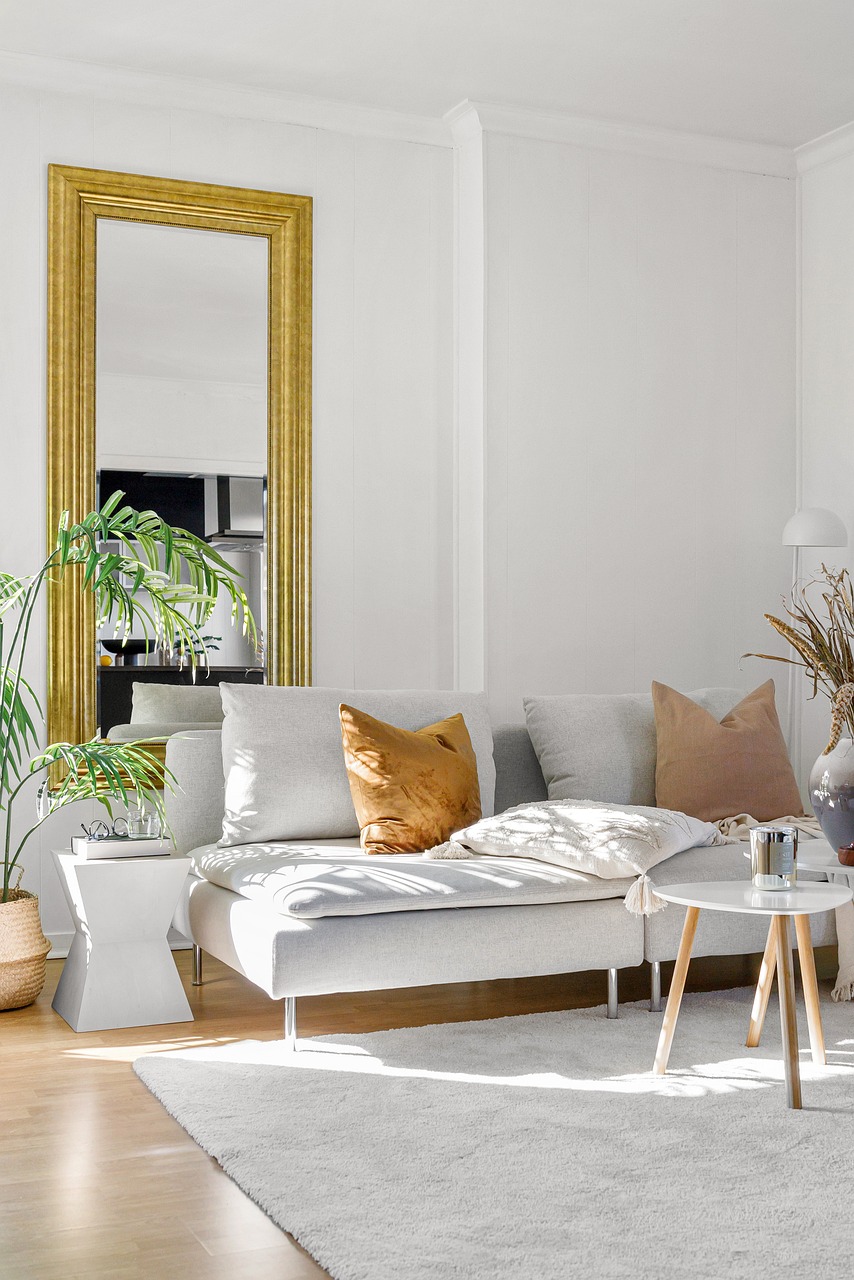Imagine walking through your front door and feeling a rush of calm, as if you’ve just checked into the chicest spot in the city. The soft hum of ambient lighting, the gentle scent of fresh linen, the subtle drama of a statement chair set just so. This isn’t a vacation getaway—this is your own home, designed to evoke the magic of a boutique hotel. The transformation is more than skin deep. It changes the way you live, the way you feel, and the story your home tells every single day.
The Magic of Curated First Impressions
Boutique hotels know how to make an entrance unforgettable. They use sculptural lighting, bold artwork, and inviting textures to create a visual “wow” the moment you walk in. In a home, this could mean a velvet bench beneath a gallery wall or a striking pendant lamp that bathes your foyer in a warm, golden glow. These choices don’t just look good; they set the mood for everything that follows, turning a plain hallway into a personal red carpet. When guests arrive, their eyes light up—and so will yours, every time you come home.
Statement Lighting That Changes Everything
Every boutique hotel has its signature glow, and you can too. Swap out basic fixtures for sculptural pieces—think globe pendants, sputnik chandeliers, or even a dramatic floor lamp. According to top stagers, lighting is the “make-or-break” factor in a room’s vibe. Soft, layered lighting can make ceilings feel higher and corners more inviting, while harsh overheads do the opposite. A single well-placed sconce can turn a blank wall into a cozy reading nook. The right lighting doesn’t just illuminate—it elevates.
Layered Textures for Sensory Delight
Boutique hotels seduce the senses with tactile richness: velvet headboards, chunky knit throws, supple leather, and smooth marble. Layering these textures at home creates comfort you can actually feel. Imagine sinking into a plush sofa with a nubby wool blanket, or walking barefoot over a thick rug after a long day. Designers say mixing at least three textures in any room brings depth and luxury—without needing a designer budget. Even swapping out a scratchy old pillow for a silk one can shift the mood from routine to remarkable.
Artful Layouts That Invite Connection
Hotel rooms are designed for effortless flow, and your home can be too. Open sightlines make spaces feel bigger, while cozy “zones” encourage conversation or relaxation. For instance, angling a sofa toward the window, not the TV, draws attention to natural light and views. According to design psychology, even a 1-inch shift in furniture placement can dramatically change how open or cramped a room feels. Curating walkways and nooks makes everyday living smoother—and gatherings more memorable.
Color Palettes That Calm or Energize

Boutique hotels are masters at using color to craft a mood. Soft neutrals—think creamy whites, pale greys, and gentle taupes—can transform a bedroom into a restful retreat, while moody blues or emerald greens add drama to dining spaces. Adding a single accent wall, or just a burst of color through pillows and art, can change how a room feels and functions. Color psychology shows that serene hues lower stress, while brighter shades spark energy and creativity. Choose what fits your desired “vibe”—and watch your mood follow suit.
Smart Upgrades That Boost Value

Designing your home like a boutique hotel isn’t just about beauty; it’s a smart investment move. Simple upgrades like built-in shelves, custom closets, or spa-inspired bathrooms can boost your home’s resale value. Zillow data shows homes with stylish kitchen and bath updates sell faster and for more money—sometimes up to 70% ROI. Even small changes, like swapping old faucets for modern ones or adding a rainfall showerhead, can feel luxurious and pay off when it’s time to move.
Luxe Details on a Real-World Budget
You don’t need a six-figure renovation to channel boutique luxury. Start with affordable swaps: brass cabinet pulls, linen curtains, or a dramatic mirror for instant hotel vibes. Designers recommend “splurging small”—maybe on one showstopper lamp—while saving on streamlined basics like simple bedding or plain dinnerware. Thrift stores and online marketplaces are goldmines for unique finds. The key is to choose items with presence and personality, not just price tags.
Fixing Common Home Design Mistakes
A boutique-inspired home is as much about what you don’t do as what you do. Crowded rooms, mismatched furniture, and poor lighting can all sabotage the hotel effect. Home stagers recommend editing ruthlessly: remove one item from every surface, leave more negative space, and use larger rugs to anchor zones. A common error? Hanging art too high—lowering it to eye level creates instant intimacy. Fix the basics, and suddenly your home feels curated, not chaotic.
Personal Touches That Tell Your Story
Unlike cookie-cutter hotels, boutique spaces always reflect their owners’ personality. Incorporate travel souvenirs, family photos, or even a collection of quirky books into your décor. These meaningful layers invite curiosity and connection. A coffee table tray with your favorite novels or a gallery wall of black-and-white family snapshots adds soul to the style. According to designers, these details make a house “feel lived in, not just looked at”—and guests always notice the difference.
Quality Over Quantity Wins Every Time

Boutique hotels are never cluttered—they’re intentional. Apply that at home by choosing fewer, better-quality items. Invest in a solid wood dining table or one plush armchair instead of filling every inch with bargain buys. High-quality materials age beautifully and give your rooms a sense of permanence and care. Even in a small apartment, one heirloom-worthy piece can anchor the entire space, making everything else feel more considered.
Designer Tips for Everyday Boutique Living

Interior pros have secrets for making any home feel like a getaway. Layer your lighting: mix overhead, task, and mood lamps. Use oversize art for drama, even if it’s a framed print. Add greenery—nothing refreshes a room like a potted tree or fresh flowers. Don’t forget scent: a signature candle or essential oil diffuser is the invisible “fifth wall” of design. The goal is to appeal to all senses, so coming home always feels like a treat.

Kelly Westler is a celebrated designer and author specializing in bold, eclectic interiors. Her book The Art of Spaces showcases her signature mix of colors, textures, and vintage influences, inspiring homeowners to embrace fearless design.
